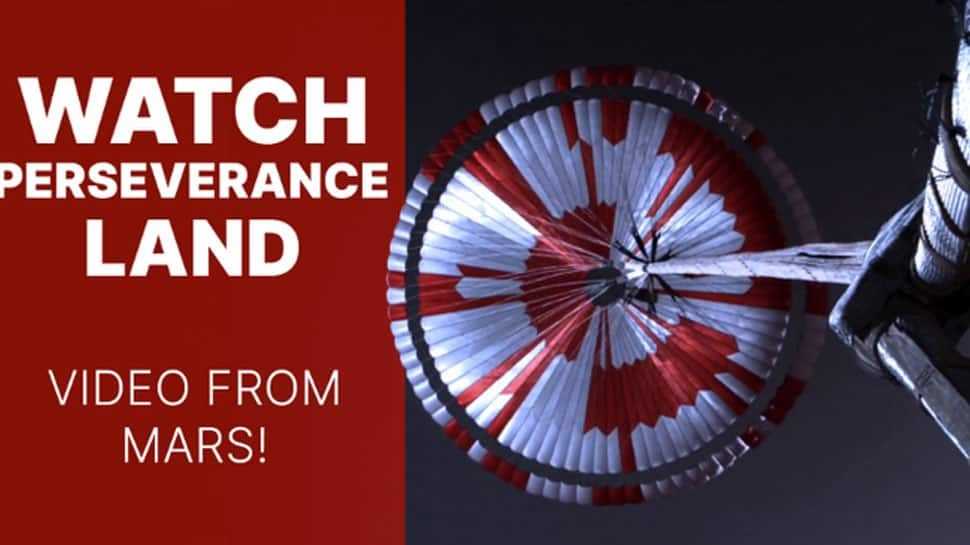India and Australia were evolutionary neighbours, a link found in Bhimbetka shows
The age of fossil rock is determined using isotopes.
Bhimbetka, the famed Central Indian cave art repository near Bhopal dating to Palaeolithic and Mesolithic times, has yielded a fossil find dating back about 550 million years, the first time the particular fossilised organism has been recorded in India. It dates back to an era regarded as the precursor to the explosion of life on earth during the Cambrian period and puts India firmly on the map for studies of the Ediacaran era along with Australia and Russia. Here’s what makes the discovery a global milestone:
India’s first Dickinsonia
The recent finding of the very first fossils of the organism Dickinsonia by a team of researchers led by Gregory J. Retallack reported in the journal Gondwana Research enthused scientists studying the evolution of some of the earliest living species during a period of the earth’s history known as the Ediacaran, named after the Ediacara hills in South Australia.
This period in the Earth’s history when Dickinsonia and several multicellular organisms existed, was approximately between 635 million years ago (Ma) and 541 Ma, with the living creatures of the era called vendobionts. Earlier, Dickinsonia fossils were found in Russia and Australia among other places. They extended to a size of even one metre. The first Indian fossils were discovered in the roof of the auditorium cave in Bhimbetka Rock Shelters, preserved in Maihar sandstone of the Bhander group, which is part of the Vindhyan sub-group rocks. The research was reported late last year.
Proximity to Australia
The age of fossil rock is determined using isotopes. Zircon dating of the youngest Maihar sandstone in Madhya Pradesh puts its age at 548 Ma, while the lower Bhander group in the Son and Chambal valleys yielded an isotope-derived age for limestones ranging from 978 Ma to 1073 Ma, situating it in the older Tonian period. The Ediacaran period was the precursor to the Cambrian (about 541 Ma to 485.4 Ma) when the earth witnessed an explosion of life forms, and much of which makes up modern animal life today.
The age profiles of the Dickinsonia fossils in the Maihar sandstone, determined using Zircon dating, make them comparable to those from Russia’s White Sea region, at about 555 Ma. Further proof comes from comparable Dickinsonia tenuis and Dickinsonia costata fossils in South Australia, estimated to be from 550 Ma. Studies of the rock characteristics in and around Bhimbetka show that they shared several characteristics with rocks in Australia, including “old elephant skin” texture and also a trace fossil, Prasinema gracile, the research paper notes.
Dickinsonia fossils from India were found by the scientists to be identical to the Rawnsley Quartzite in South Australia, providing evidence of their age, and the proximity of the two land masses in Gondwanaland in that era. The evidence however did not support reconstructions adjusted for the polar wander phenomenon [which involves motion of continents over geologic time and its impacts].
One distinguishing characteristic of these creatures is the absence of hard protective parts such as skeletons and carapaces (exteriors), perhaps because there were no predators. This was also the time that evidence shows some of the earliest multicellular organisms, or metazoa. The evidence comes from life forms in water when land lacked life.
Marine, animal or other?
From an evolutionary standpoint, the finding of Dickinsonia and other Ediacaran species such as Ernietta and Arumberia, as the team led by Retallack discuss, raises the question of whether they were shallow marine organisms or non-marine in nature. Taking note of the faraway locations of the fossil finds separated by deep oceans and clustering of Dickinsonia in Australia-India and the Baltic, the researchers propose that these might have been in a similar environment in ancient geological time, rather than in a single biogeographic province.
Whether Dickinsonia were animals or some other organism has been a matter of differing interpretation, with one group of researchers led by Ilya Bobrovskiy arguing that their finding of cholesteroids in preserved matter using lipid biomarkers, indicated that these were indeed animals. Retallack and colleagues argue that such cholesterols are found also in red algae and most fungi. Knowledge about Ediacaran biogeography is evolving, and India is now a theatre of studies on life on earth from a time when the subcontinent was in a different place on the globe.

